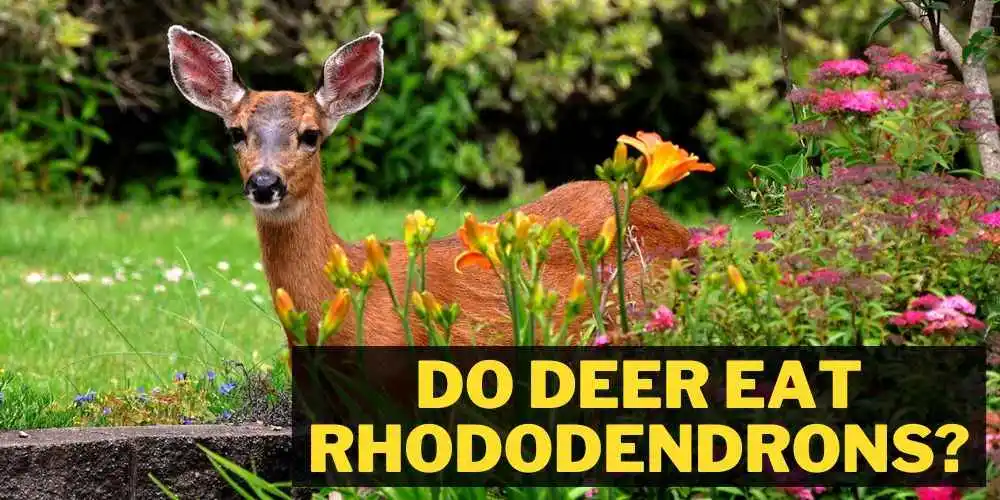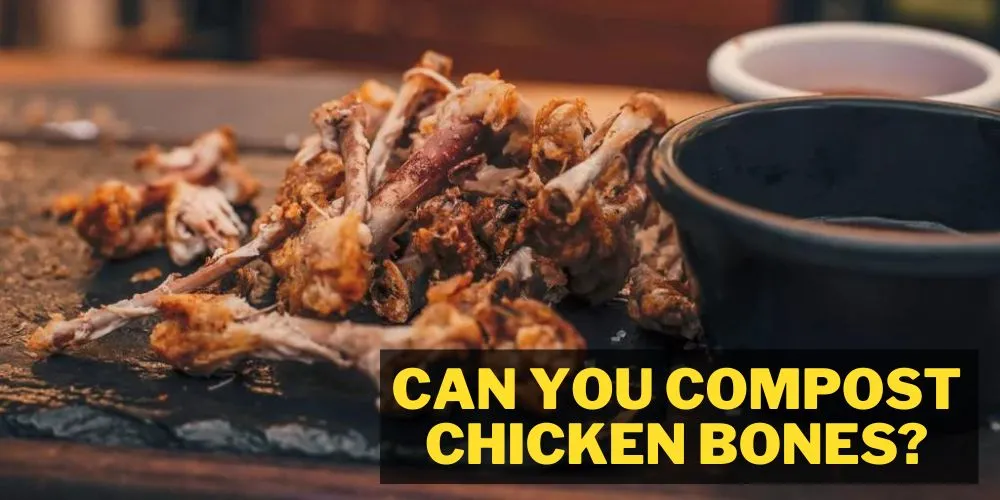For many of us, deer grazing in their natural habitat is enchanting and serene. These beautiful creatures often spark curiosity, leading us to wonder about their unique characteristics and eating preferences. In this article, we will dive into the question on many minds – do deer eat pumpkins? To answer this, we’ll explore the following:
- The general diet of deer
- Factors influencing deer’s food choices
- The nutritional benefits of pumpkins for deer
- Precautions to take if deer are feasting on your pumpkins
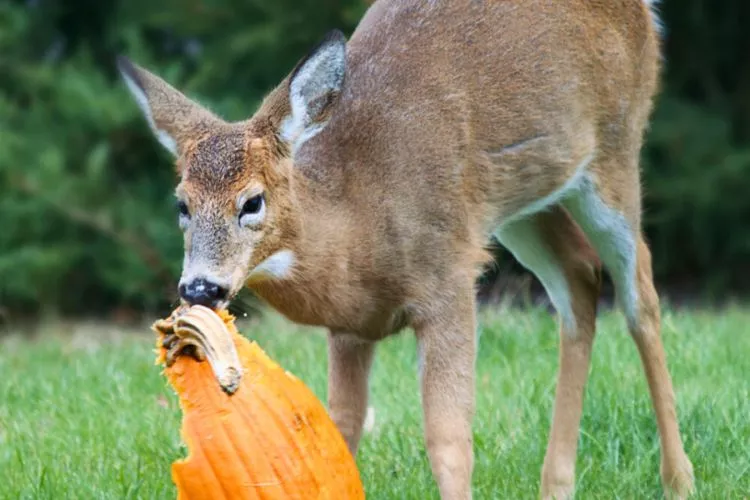
Do deer eat pumpkins?
Yes, deer do eat pumpkins. They are known for their adaptable eating habits and are considered opportunistic feeders. This means that they readily consume various plant materials, including pumpkins, to meet their dietary needs. Providing an easily accessible and nutritious food source, pumpkins are particularly attractive to deer, especially in the fall season when other food sources become scarce. The high carbohydrate content in pumpkins is an energy source that helps deer build up fat reserves for winter. However, it is important to note that pumpkins are not a part of their primary diet, mainly consisting of woody browse, herbaceous plants, and masts such as acorns and berries.
Do deer eat pumpkins growing?
Yes, deer are known to eat pumpkins while they are still growing. Deer are not picky eaters and will gladly consume various parts of plants, including the leaves, stems, and fruits, depending on their availability. Suppose pumpkins are accessible to deer as they grow in your garden or farm. In that case, they may be targeted not only for their appealing taste and nutritional value but also due to the absence of other food sources in their surroundings.
Deers are particularly likely to show interest in consuming growing pumpkins during the fall when their natural food sources become scarce. However, as their primary diet consists mainly of woody browse, herbaceous plants, and mast, pumpkins are considered a supplementary food option for these animals.
Will deer eat whole pumpkins?
Yes, deer can and will eat whole pumpkins if they come across them. Although deer generally prefer smaller and more easily accessible food sources, their adaptability allows them to take advantage of larger food items like whole pumpkins. They can break open the outer shell and consume the pumpkin’s flesh, seeds, and inner pulp. Deer may exhibit this opportunistic feeding behavior when they encounter whole pumpkins in gardens, left out as decorations, or offered as a food source.
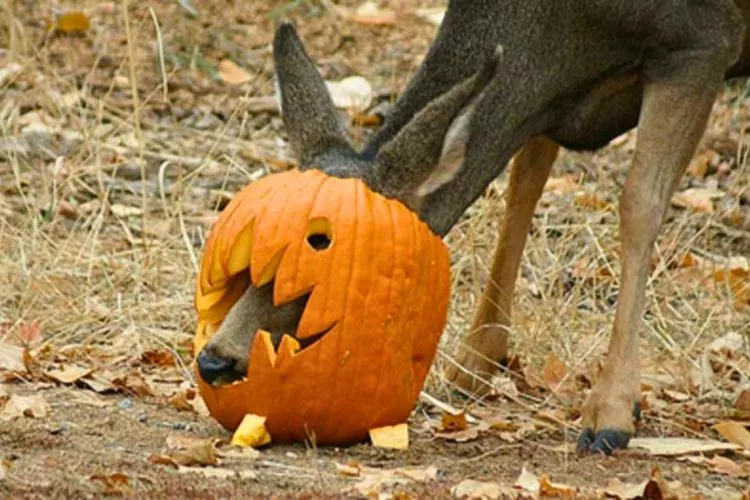
Whole pumpkins provide them with abundant nutrients but also with high levels of carbohydrates, which are particularly beneficial during the fall season to build fat reserves for winter. However, it is important to note that pumpkins are not a primary food source for deer but a supplemental option within their varied diet.
How do you put pumpkins out for deer?
Putting pumpkins out for deer can be a great way to provide them with a nutritious and delicious treat, especially in the fall season when pumpkins are abundant. Here’s a detailed guide to doing this responsibly.
Step 1: Choose the Right Pumpkins
Select pumpkins that are:
- Ripe and fresh, as deer prefer these due to their sweetness and nutritional content.
- Free of mold, rot, or significant damage, as these can make the pumpkins unhealthy for deer to eat.
Step 2: Prepare the Pumpkins
To ensure that the deer can easily access the pumpkin’s nutritious insides, you’ll need to prepare them by:
- Cutting the pumpkins into halves or quarters, exposing the seeds and inner pulp.
- If the pumpkin is exceptionally large, consider cutting it into smaller pieces to make it easier for the deer to consume.
Step 3: Choose a Suitable Location
When placing the pumpkins out for the deer, consider the following factors:
- Proximity to woodlands or natural areas where deer are commonly found.
- Away from houses, roads, or other human activity to prevent accidents or unwanted interactions between deer and humans.
- Avoiding areas with tall fences or other barriers that can make it difficult for deer to access the pumpkins.
Step 4: Scatter the Pumpkins
To ensure that the deer can enjoy their pumpkin feast without competition, follow these tips:
- Spread the pumpkin pieces around the chosen location rather than piling them in one spot. This will encourage more deer to visit the area and prevent dominant individuals from monopolizing the food.
- Make sure there’s enough space between the pumpkin pieces to allow deer to approach and eat comfortably.
Step 5: Monitor and Replenish
Check on the pumpkin feeding site regularly. This will help you assess the following:
- The level of consumption by deer can guide you on how much and how often you need to put out pumpkins.
- Potential issues, such as other wildlife being attracted to the pumpkins or signs of illness in the deer population, may warrant a halt in feeding.
Step 6: Responsibly Dispose of Leftovers
Once the deer have consumed most of the pumpkins, remove any large, uneaten pieces and dispose of them responsibly. This will help:
- Keep the feeding area clean and prevent the spreading of diseases that can harm deer or other wildlife.
- Avoid attracting unwanted pests to the area, such as rodents or raccoons.
Remember to follow local regulations and guidelines on wildlife feeding, and always monitor the health of the deer population to ensure that your pumpkin-feeding efforts are not causing any harm. Enjoy the sight of graceful deer feasting on your pumpkins!
Is it good to feed deer pumpkins?
Yes, feeding deer pumpkins in moderation can be a good way to provide them with nutrients. However, overfeeding can cause health issues for the deer.
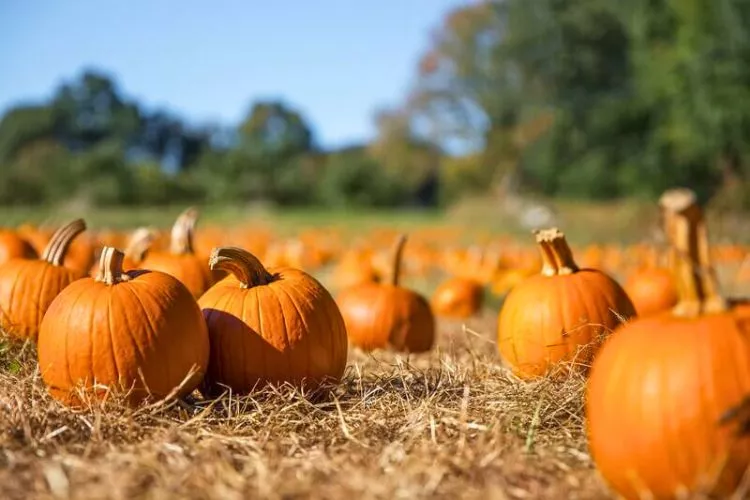
How To Keep Deer Away From Pumpkins?
Deer can be a common problem in gardens, especially when damaging pumpkin plants. Here’s a detailed guide on keeping deer away from your pumpkins.
Step 1: Install Physical Barriers
Physical barriers are the most effective way to protect your pumpkins from deer.
- Fencing: Erect a deer-proof fence around your garden, which should be at least 8 feet high to discourage jumping. Alternatively, you can opt for electric fencing.
- Individual Plant Protection: For smaller pumpkin patches, consider placing wire mesh or chicken wire enclosures around individual plants to keep deer at bay.
Step 2: Use Deer Repellents
There are several deer repellents available on the market, including:
- Commercial Repellents: These come in various forms, such as sprays or granules, and can effectively deter deer. Follow the application instructions and reapply as directed, especially after rain.
- Homemade Repellents: Some people use homemade repellents, such as hot pepper spray, garlic, or egg mixtures. These can be applied to plants and need regular reapplication, especially after rain or watering.
Step 3: Plant Deer-Resistant Plants
Introducing deer-resistant plants in your garden or around your pumpkin patch can help deter deer from the area.
- Examples of Deer-Resistant Plants: Lavender, sage, rosemary, and catmint are a few examples of plants that deer typically avoid due to their strong scents or unpalatable taste.
- Placement: Plant these deer-resistant plants between or around your pumpkin patch to discourage deer from entering the area.
Step 4: Employ Scare Tactics
Scare tactics can help frighten deer away from your pumpkins, but their effectiveness may decrease as deer become accustomed to them.
- Visual deterrents: Reflective tape, scarecrows, or pinwheels can create movement and reflections that deter deer.
- Noise-makers: Wind chimes, whistles, or other noise-makers can help scare deer away. Be sure to change the type or location of noise-makers periodically to maintain effectiveness.
- Motion-activated devices: Devices such as sprinklers or lights that activate when they detect movement can startle deer and keep them away from the pumpkins.
Step 5: Modify the Surrounding Environment
Making your garden less deer-friendly can also help in protecting your pumpkins.
- Eliminate hiding places: Deer are more likely to visit gardens where they can hide from potential predators. Trim tall grass and bushes, and remove unnecessary cover around your pumpkin patch.
- Remove easy food sources: Clear away bird feeders or other easily accessible food sources that might attract and encourage deer to linger.
Remember that the most effective approach to keeping deer away from your pumpkins is likely a combination of these methods. Monitor the effectiveness of your deer deterrents and adjust as needed to keep your pumpkins safe and healthy.
Frequently Asked Questions (FAQs)
What animal would eat a whole pumpkin?
Answer: Several animals can eat a pumpkin, including squirrels, raccoons, opossums, deer, and bears. These animals have strong teeth and can gnaw through the tough rind of the pumpkin to access the seeds and flesh inside.
Is it OK to feed pumpkins to wildlife?
Answer: Feeding pumpkins to wildlife in small amounts is generally harmless, but leaving out large amounts can cause issues. It can attract many animals to one area, potentially spreading diseases and causing animals to depend on the food source.
What other animals eat pumpkins?
Answer: Apart from squirrels and raccoons, other animals that may eat pumpkins include mice, chipmunks, rabbits, horses, goats, cows, and birds like ducks and turkeys. The seeds, strings, and flesh of pumpkins are edible parts for various wildlife species.
You may also like to know: Do Deer Eat Carrots? | Do Deer Eat Elderberries? | Do Deer Eat Potato Plants?
Conclusion:
In conclusion, deer do indeed eat pumpkins. Although consuming pumpkins provides deer with essential nutrients, avoiding overfeeding them is important to prevent health issues. Gardeners can take preventative measures like installing fences, applying repellents, and using scare tactics to protect their pumpkin plants from deer.
Being aware of the eating habits of deer and other wildlife allows gardeners to strike a balance between nurturing wildlife and protecting their valuable plants, ensuring a harmonious relationship between humans, animals, and the environment.

